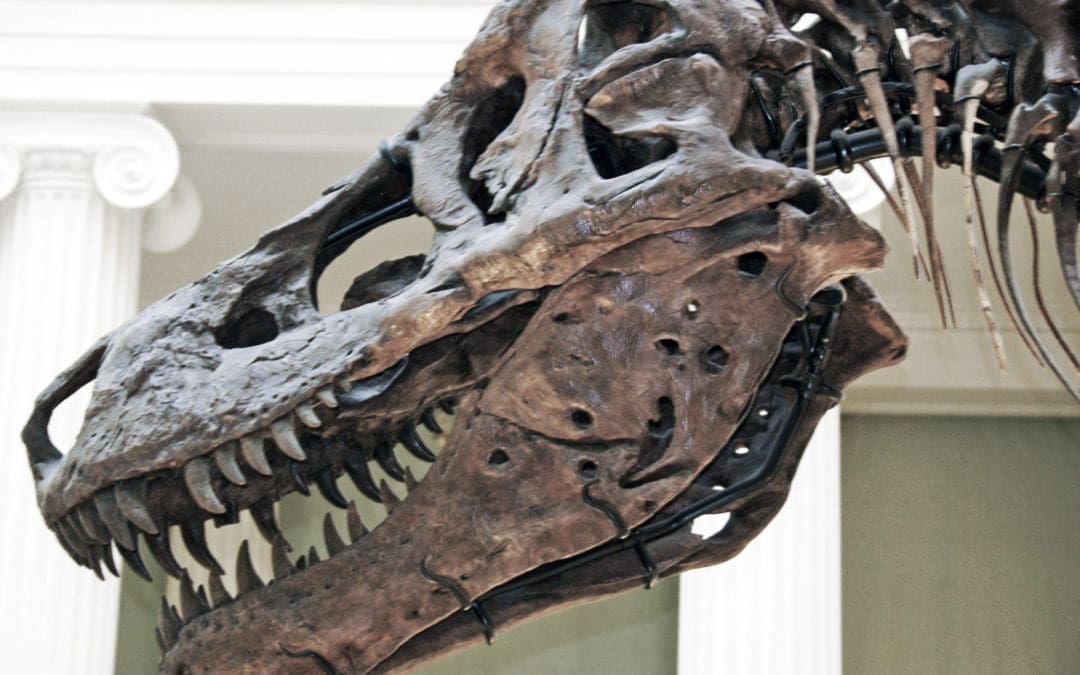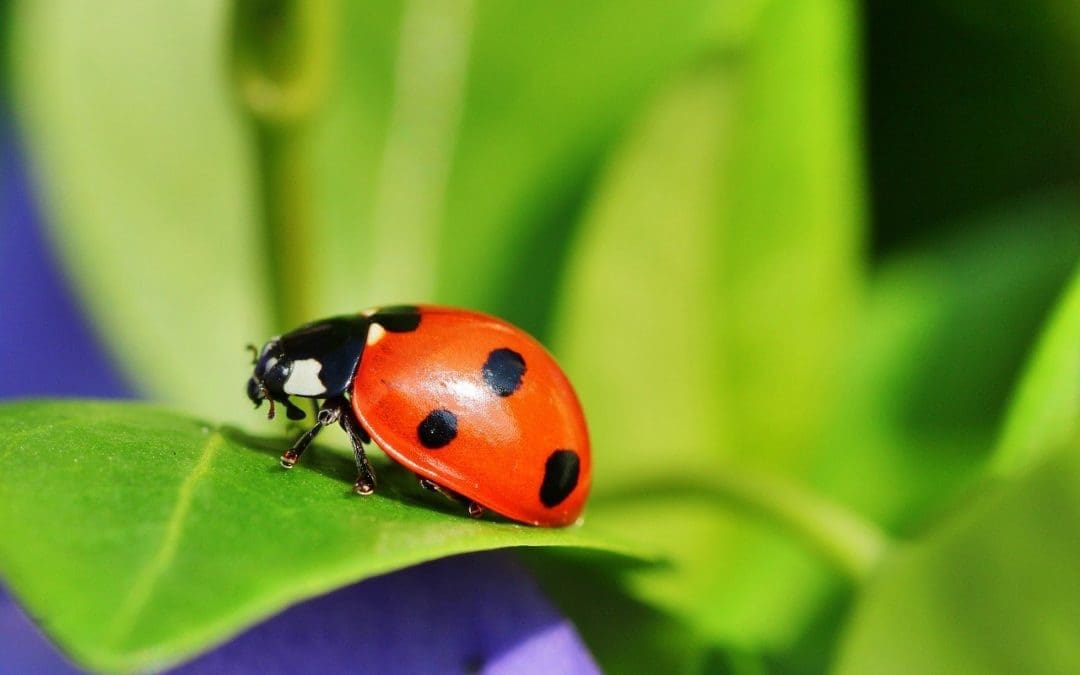
by Shadow Habitat | Jan 29, 2022 | Science Communications
Along the Cedar District Formation, a geologic formation on the San Juan Islands of Washington, British Columbia, and Vancouver Island, a proximal left femur was formally recorded as the first dinosaur found in Washington state. The fossil was retrieved in the shallow...

by Shadow Habitat | Dec 31, 2021 | Science Communications
Many people participate in new year resolutions at the beginning of the year to improve their lives but lose sight of their goals almost as soon as January ends. A new year can be like a new room; although we enter with every intention of performing a task, we may...

by Shadow Habitat | Nov 17, 2021 | Science Communications
Low consumption of fruits and vegetables coupled with high sodium, saturated fat, and sugar intake contributes to development of chronic diseases, health complications, and death. In fact, a healthy diet would prevent 1 in every 5 deaths in the United States. Although...

by Shadow Habitat | Oct 30, 2021 | Science Communications
Many animals use color to determine whether food is nutritional or poisonous. A ladybug’s red color, for example, shows birds that she is toxic to eat. This evolutionary trait is called aposematism. It has been heavily studied that when birds and other animals...

by Shadow Habitat | Sep 20, 2021 | Science Communications
Lodgepole pines grow abundantly throughout North America. Known for its straight, slender, and tall trunks, the lodgepole pine is commonly used to build lodges and cabins. Lodgepole pines are unique because they need fire to reproduce. They have serotinous cones or...

by Shadow Habitat | Aug 25, 2021 | Science Communications
SHADOW Lake Nature Preserve was featured in the Journal of Biodiversity Data in an article by Will K. Reeves, Jeremy R. Shaw, and Mark Wetzel all thanks to a worm that was found in Shadow Lake Bog. The potworm (Cognettia sphagnetorum) can be found in European...









Recent Comments